I recently had an issue with vermin attacking the engine bay wiring that in turn caused DPF problems on my Ducato (sold in Australia in 2021, build date Sep 2020; Variant: 295H36 Motor / Engine Code (model): F1AGL4112). Below is what I wish I'd known beforehand…
References
https://en.wikipedia.org/wiki/Diesel_particulate_filter
O'Rileys Autos - YouTube
The Fiat Ducato (250) MY 2011 Main technical specifications doc has quite a bit of info on this for the ca. 2011 X250 model; presumably Fiat have refined things in the intervening decade but the core of it is likely similar today.
The burning of soot to ash is termed regeneration. The ash accumulates permanently in the filter and eventually the filter must be replaced; it "should" last for around 120,000 - 200,000 km, some claim 300,000 km (ref). If filter regeneration is not working properly the filter can become clogged prematurely with unburned soot. A clogged DPF is like any exhaust blockage - it can cause all kinds of issues from poor performance to engine or turbo damage, depending on the degree of blockage.
Regeneration can occur naturally in normal highway, long distance driving, this is passive regeneration; however the specific conditions (e.g. exhaust temps) required aren't guaranteed to occur and generally won't in city driving. The ECU monitors the DPF state and can initiate a high-temperature (>600°C) burn within the DPF - an active regeneration.
Active regeneration is achieved by injecting fuel into the exhaust system (i.e. after combustion); it is stressful on parts (heat), uses more fuel and increases emissions. Service tools can force an active regeneration in the case where the vehicle has not done so automatically. It's important the active regeneration not be interrupted: the ECU will typically require "light highway driving" (>80km/hr, light engine load) before starting active regeneration; it will post a notification on the dash to the driver to not turn the ignition off until the process is completed, typ. between 10-60 minutes.
The Ducato manual states "optimum conditions for completing the process are achieved by travelling at 60 km/h with engine revs above 2000 rpm". Some vehicles appear to have either an explicit button on the dash, or a "Konami code", that will kick off an active regeneration without requiring diagnostic tools, e.g. for the Fiat Doblo? (ref): ignition on, press brake and accelerator for about 10 seconds until DPF light flashes and then start the engine; let it run until the DPF light goes out. The Ducato appears to not have such a feature.
The DPF has a sensor that measures the differential pressure between the DPF inlet and outlet. The differential pressure sensor is often just called "the DPF sensor". As the ash and soot in the DPF increases so too does the differential pressure. It is normal to see the differential pressure increase as RPM increases (and exhaust volume increases).
This differential pressure sensor reading, along with other engine operating conditions are all plugged into a model within the ECU that spits out a "particulate filter clogging" percentage. The 2011 Fiat elearn doc states the following parameters are used:
The model either directly or indirectly (via one or more of the above parameters) includes elapsed time - simply idling without moving increases the percentage.
This calculation is going to be incorrect when the DPF sensor (or any other input) is wrong: garbage in, garbage out.
The ECU appears to be taking a very "conservative" estimate in the face of untrustworthy sensor inputs.
In the above scenario the DPF pressure readings - with the DPF sensor repaired - were good, ~5 mbar at idle; this implies the DPF is not clogged.
Fiat Ducato (250) MY 2011 Main technical specifications
"Regeneration occurs in average every 800/1000 km (the distance travelled between two regeneration procedures depends on vehicle use). In particularly demanding conditions (mainly in cities and short distances), the frequency between regeneration processes may be reduced to a few hundreds of kilometres (250-300)."
» Distance Since Last DPF Regeneration (Miles) – LUZ
"The amount of regenerations can vary due to the age of engine, age of DPF, type of DPF, and driving habits. Under normal driving conditions a regeneration will occur after about every 500-800 miles (800-1200 kilometers) with a maximum of 1250 miles (2009 kilometers) or approximately 85 gallons (320 liters) used."
Assuming a regeneration occurs at 100% soot loading, the above suggest a soot accumulation rate of 100%/1000 km = 0.1%/km. A couple of measurements of soot accumulation on the Ducato (clear of any faults) over a short distance suggests rates of around this value or even slightly lower.
Differential pressure sensor readings: (1 mbar = 0.1 kPa / 1 hectopascal (hPa))
MultiECUScan - DPF Differential Pressure sensor Diagnosis with MES | The FIAT Forum
below appears to be in hPa/mbar (going by the accompanying graphs)
includes results for "known good" sensor + DPF, and a "clogged" one
The chart below shows the DPF differential pressure vs engine RPM over a short drive with the DPF sensor repaired but the engine in "limp mode" due to a P24A4-68 "Excessive distance travelled with DPF On warning light" fault code. The pressure readings were good, ~5 mbar at idle; this implies the DPF is not clogged. Note the ECU would not allow the engine to work hard and pressure readings did not exceed ~100mbar.
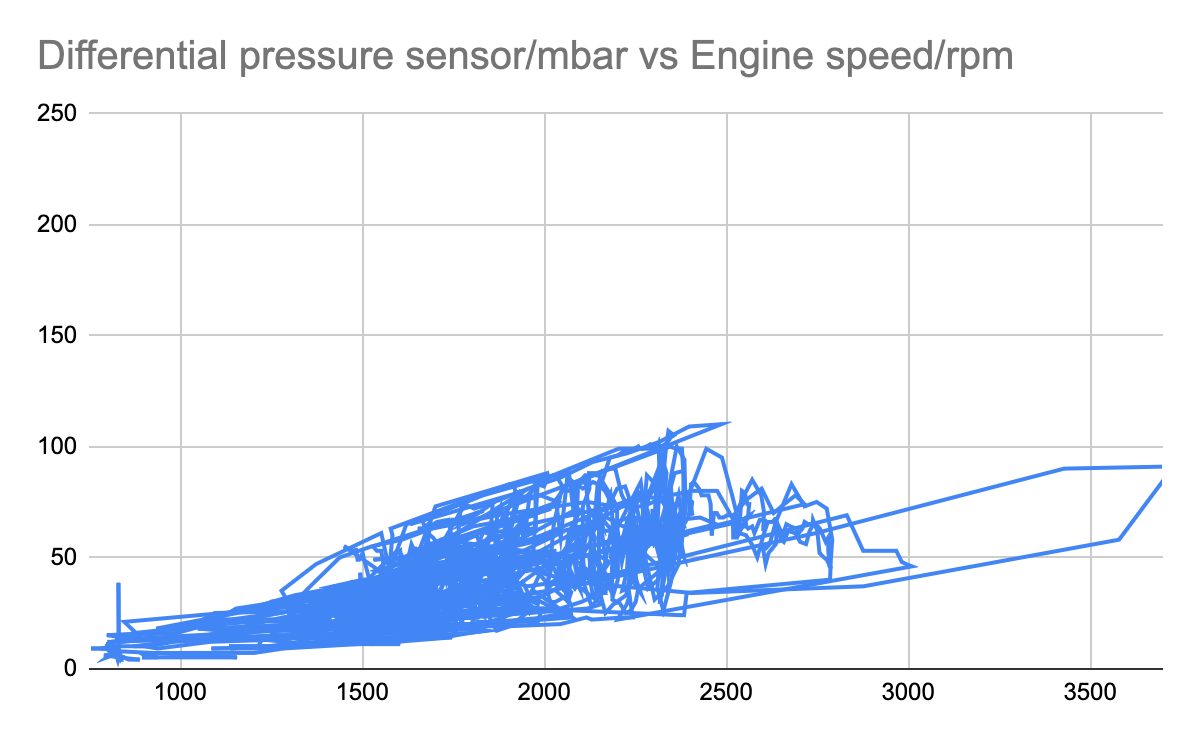
Here is the same graph after clearing the P24A4-68 fault code and a forced DPF regeneration, where the vehicle was no longer in limp mode; this data was over a short trip including up a moderately steep hill and an 80km/hr stretch. Note the significantly greater range of the DPF differential pressure once the engine is no longer in limp mode.
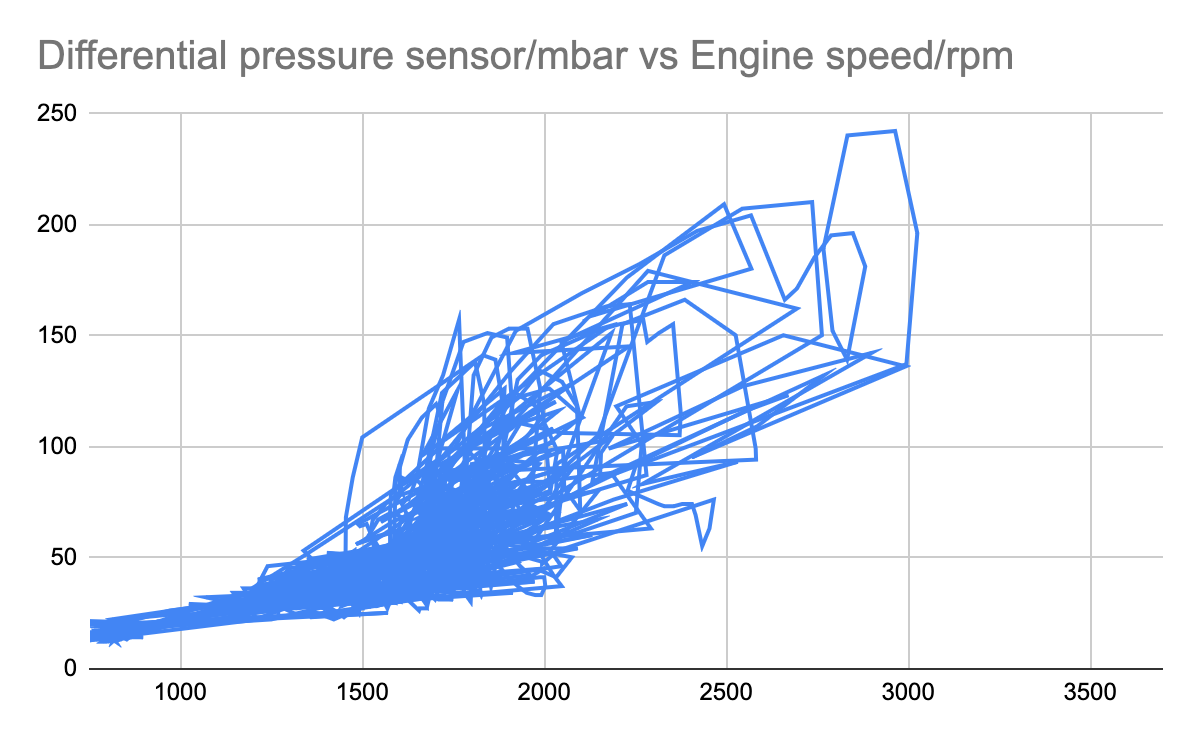
For example, on a 2.3 engine where the DPF is in a very different location to the X290: Peugeot Boxer 2.0 P24A4 P246C Particulate Filter DPF Cleaning.
Bosch DS-D2 / 0 281 006 287
Location and connector plug
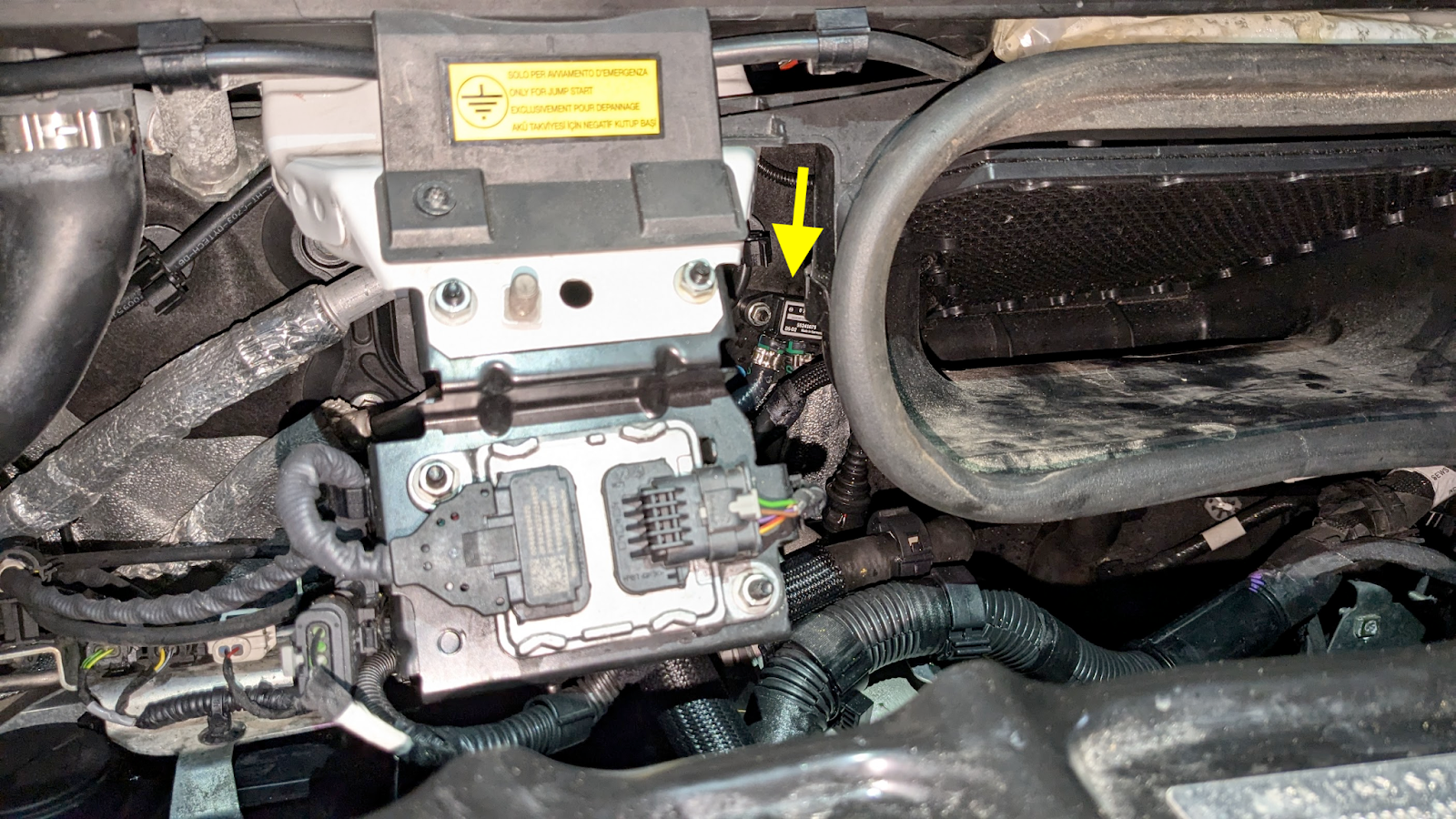

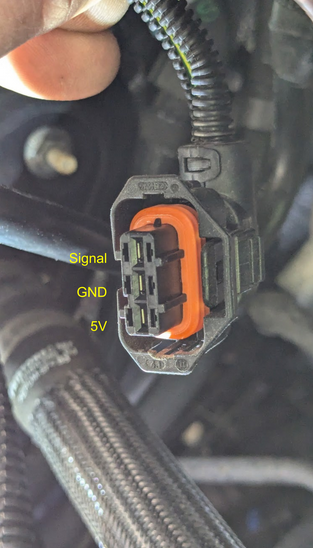
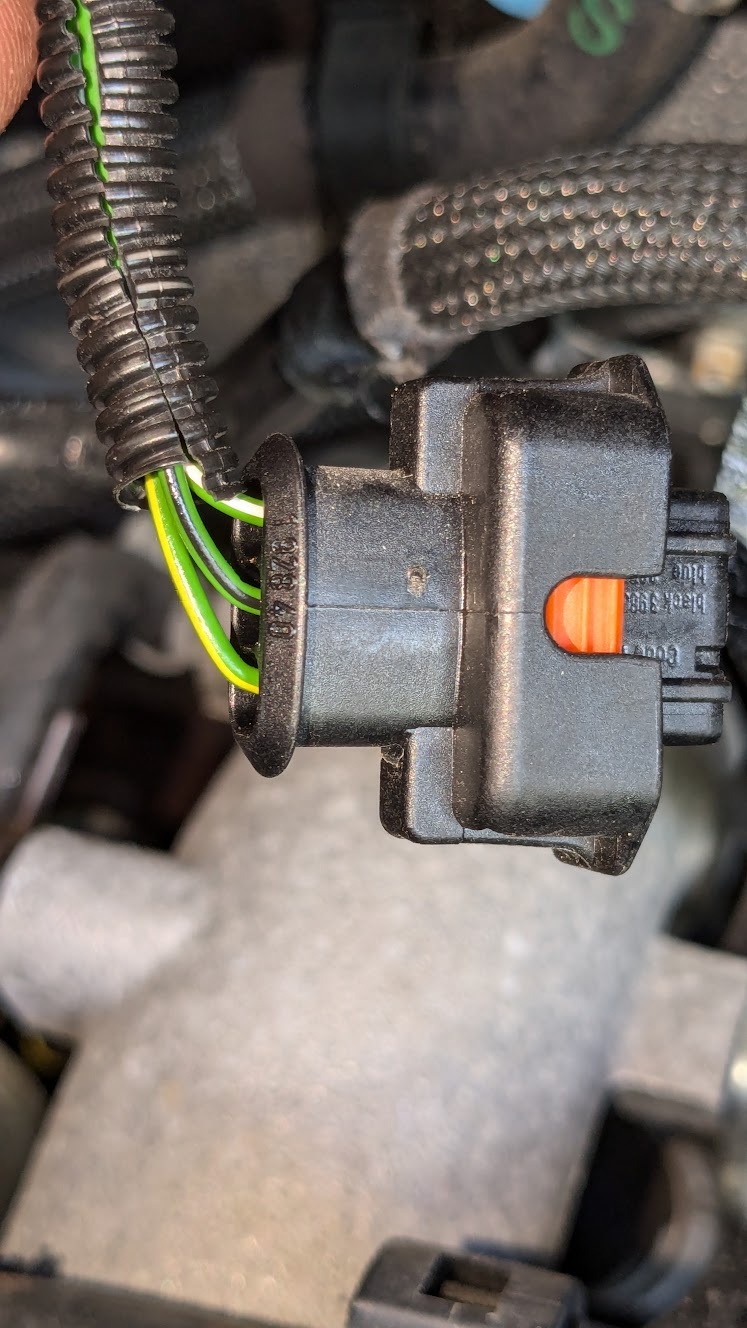
References
https://en.wikipedia.org/wiki/Diesel_particulate_filter
O'Rileys Autos - YouTube
The Fiat Ducato (250) MY 2011 Main technical specifications doc has quite a bit of info on this for the ca. 2011 X250 model; presumably Fiat have refined things in the intervening decade but the core of it is likely similar today.
Background on Diesel Particulate Filter (DPF)
The purpose of the DPF is to collect problematic diesel combustion exhaust particulate matter (soot), and when the engine control unit (ECU) decides conditions are right, burns that soot down to much smaller material (ash) by way of heating the DPF like a mini furnace. The ash is a small fraction of the volume of the soot, around 1-2% (ref).The burning of soot to ash is termed regeneration. The ash accumulates permanently in the filter and eventually the filter must be replaced; it "should" last for around 120,000 - 200,000 km, some claim 300,000 km (ref). If filter regeneration is not working properly the filter can become clogged prematurely with unburned soot. A clogged DPF is like any exhaust blockage - it can cause all kinds of issues from poor performance to engine or turbo damage, depending on the degree of blockage.
Regeneration can occur naturally in normal highway, long distance driving, this is passive regeneration; however the specific conditions (e.g. exhaust temps) required aren't guaranteed to occur and generally won't in city driving. The ECU monitors the DPF state and can initiate a high-temperature (>600°C) burn within the DPF - an active regeneration.
Active regeneration is achieved by injecting fuel into the exhaust system (i.e. after combustion); it is stressful on parts (heat), uses more fuel and increases emissions. Service tools can force an active regeneration in the case where the vehicle has not done so automatically. It's important the active regeneration not be interrupted: the ECU will typically require "light highway driving" (>80km/hr, light engine load) before starting active regeneration; it will post a notification on the dash to the driver to not turn the ignition off until the process is completed, typ. between 10-60 minutes.
The Ducato manual states "optimum conditions for completing the process are achieved by travelling at 60 km/h with engine revs above 2000 rpm". Some vehicles appear to have either an explicit button on the dash, or a "Konami code", that will kick off an active regeneration without requiring diagnostic tools, e.g. for the Fiat Doblo? (ref): ignition on, press brake and accelerator for about 10 seconds until DPF light flashes and then start the engine; let it run until the DPF light goes out. The Ducato appears to not have such a feature.
How Does The ECU Measure DPF Accumulation (Clogging) Level
The DPF has a sensor that measures the differential pressure between the DPF inlet and outlet. The differential pressure sensor is often just called "the DPF sensor". As the ash and soot in the DPF increases so too does the differential pressure. It is normal to see the differential pressure increase as RPM increases (and exhaust volume increases).
This differential pressure sensor reading, along with other engine operating conditions are all plugged into a model within the ECU that spits out a "particulate filter clogging" percentage. The 2011 Fiat elearn doc states the following parameters are used:
- distance travelled
- differential pressure value
- exhaust gas temperature downstream of the catalytic converter
- exhaust gas temperature upstream of the catalytic converter
- intake air flow rate
The model either directly or indirectly (via one or more of the above parameters) includes elapsed time - simply idling without moving increases the percentage.
This calculation is going to be incorrect when the DPF sensor (or any other input) is wrong: garbage in, garbage out.
DPF 'Particulate filter clogging' - Garbage In, Garbage Out
In the Ducato the OBD PID 121 (according to MES?) measures "DPF capacity" as a percentage of some nominal "full" value. When the ECU is in a DPF fault state the model appears to produce inaccurate results; for example, with the DPF sensor not working due to wiring fault - reported by OBD fault code P2452-11 - after travelling 150km the DPF level increased from 230% to 265% - a rate of 0.23%/km, which would hit 100% every 400 km, far higher than the accumulation rate expected with a functioning sensor (expected period for undemanding driving is 800-1000km).The ECU appears to be taking a very "conservative" estimate in the face of untrustworthy sensor inputs.
In the above scenario the DPF pressure readings - with the DPF sensor repaired - were good, ~5 mbar at idle; this implies the DPF is not clogged.
Time/Distance Between Active Regenerations
Fiat Ducato (250) MY 2011 Main technical specifications
"Regeneration occurs in average every 800/1000 km (the distance travelled between two regeneration procedures depends on vehicle use). In particularly demanding conditions (mainly in cities and short distances), the frequency between regeneration processes may be reduced to a few hundreds of kilometres (250-300)."
» Distance Since Last DPF Regeneration (Miles) – LUZ
"The amount of regenerations can vary due to the age of engine, age of DPF, type of DPF, and driving habits. Under normal driving conditions a regeneration will occur after about every 500-800 miles (800-1200 kilometers) with a maximum of 1250 miles (2009 kilometers) or approximately 85 gallons (320 liters) used."
Assuming a regeneration occurs at 100% soot loading, the above suggest a soot accumulation rate of 100%/1000 km = 0.1%/km. A couple of measurements of soot accumulation on the Ducato (clear of any faults) over a short distance suggests rates of around this value or even slightly lower.
DPF Differential Pressure Sensor
Differential pressure sensor is a voltage output: +V (5V), GND and signal output (between GND - V). Though +V is nominally 5V, I measured 5.6V in practice. The ECU maps this voltage to a pressure reading in mbar.Differential pressure sensor readings: (1 mbar = 0.1 kPa / 1 hectopascal (hPa))
- at idle:
- "good" 5-6 or lower
- "bad" ~27-28 mbar
MultiECUScan - DPF Differential Pressure sensor Diagnosis with MES | The FIAT Forum
below appears to be in hPa/mbar (going by the accompanying graphs)
| <20 Brilliant DPF causing almost no restriction 20-99 Good result and typical of a DPF in good working order 100-250 DPF causing up to 0.25 BAR of pressure – needs investigation 250-500 Serious restriction probably not allowing car to do a Forced Regen 500-1000 Performance loss very marked at this level >1000 Car can’t pull the proverbial skin off a rice pudding. All your boost is stuck in the DPF |
DPF Pressure vs RPM
The chart below shows the DPF differential pressure vs engine RPM over a short drive with the DPF sensor repaired but the engine in "limp mode" due to a P24A4-68 "Excessive distance travelled with DPF On warning light" fault code. The pressure readings were good, ~5 mbar at idle; this implies the DPF is not clogged. Note the ECU would not allow the engine to work hard and pressure readings did not exceed ~100mbar.
Here is the same graph after clearing the P24A4-68 fault code and a forced DPF regeneration, where the vehicle was no longer in limp mode; this data was over a short trip including up a moderately steep hill and an 80km/hr stretch. Note the significantly greater range of the DPF differential pressure once the engine is no longer in limp mode.
Cleaning the DPF
Many third-parties manufacture DPF cleaning products; these are typically injecting the cleaning fluid upstream of the DPF and then running the vehicle to "loosen, disperse, remove, and flush out soot".For example, on a 2.3 engine where the DPF is in a very different location to the X290: Peugeot Boxer 2.0 P24A4 P246C Particulate Filter DPF Cleaning.
DPF Sensor Fitted to Ducato X290
This is for an Ducato sold in Australian in 2021, build date Sep 2020; Variant: 295H36 Motor / Engine Code (model): F1AGL4112.Bosch DS-D2 / 0 281 006 287
- Pressure range (bar): 0.02 - 0.90 (2 - 90 kpa)
- two ports: 8mm and 6mm (OD)
- the larger appears to be the "high side" / upstream side
- "appears": was unable to find any explicit reference; the Bosch "data sheet" for the sensor (ref) has a diagram but it's not useful, referring to "inlet" and "outlet" which makes no sense for a differential sensor
- the only indication is from - O'Riley notes the larger port is upstream on the DPF
- I couldn't follow the connections to the DPF on the Ducato X290 to see which is upstream and downstream - could not even get an inspection camera in there
Location and connector plug

